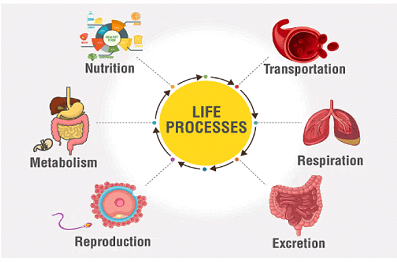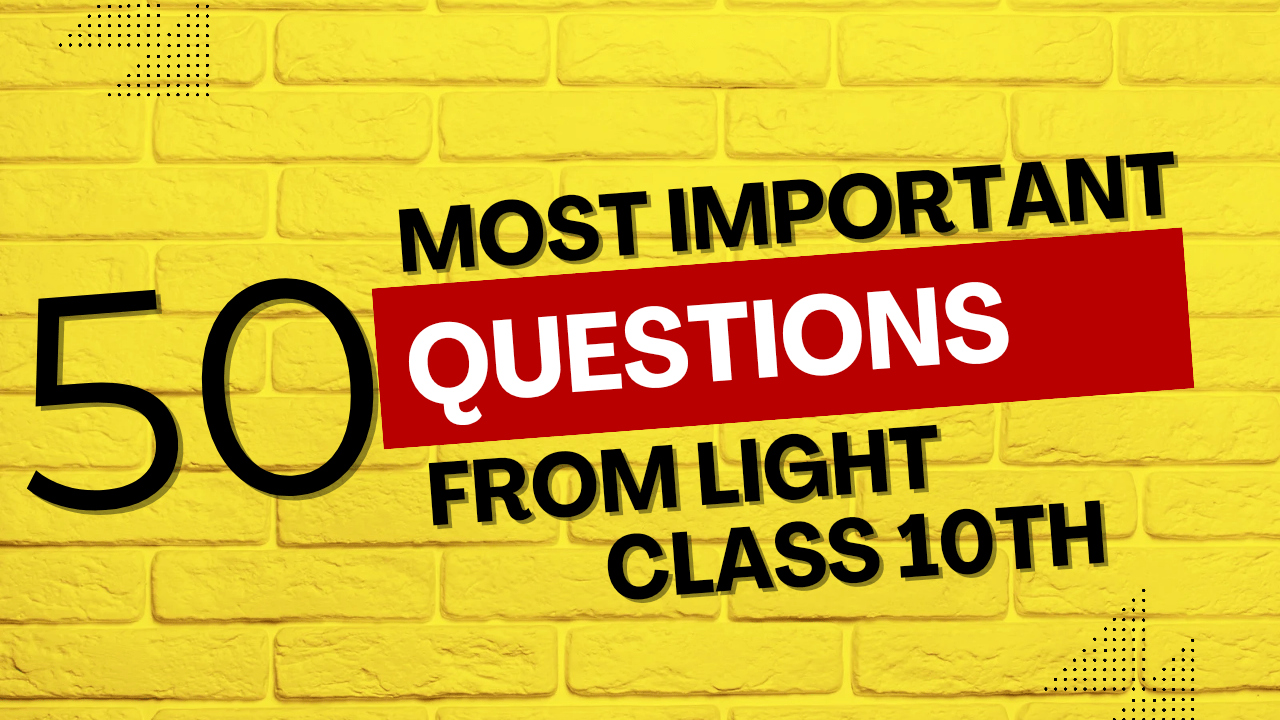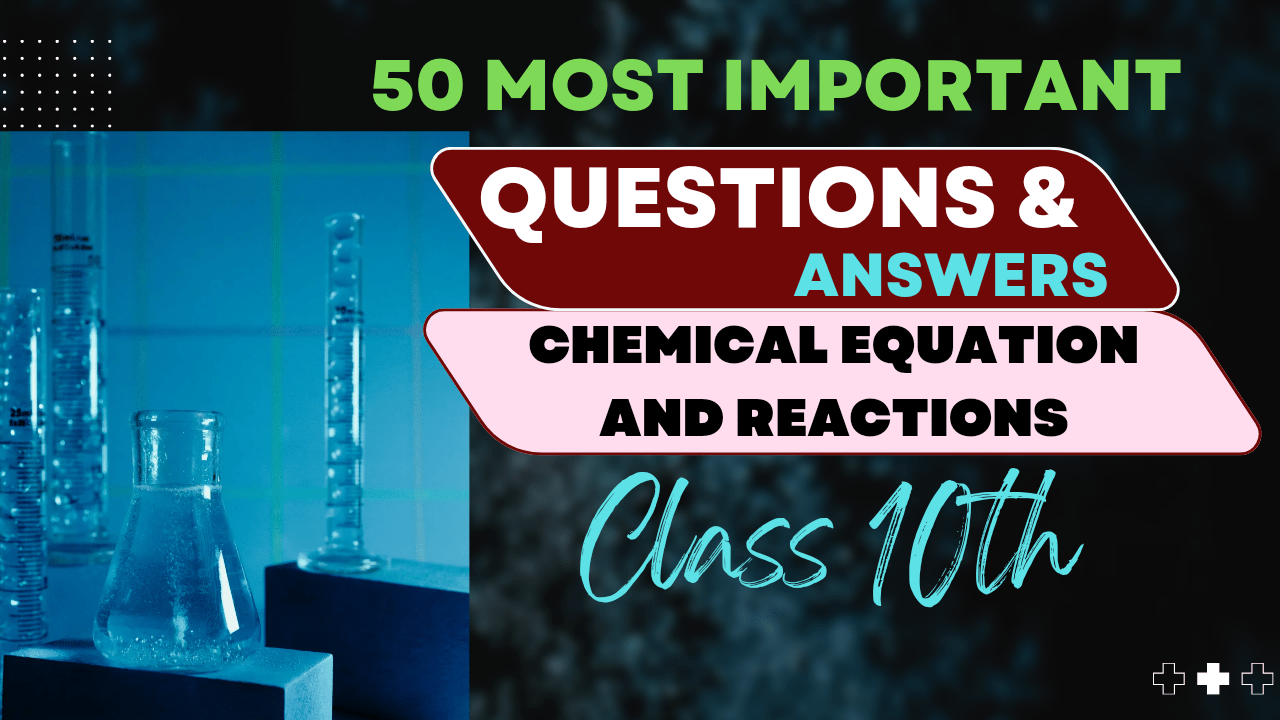Action of Water on Metals
Water is one of the most common substances on Earth, and understanding how it interacts with metals is crucial for both theoretical chemistry knowledge and practical applications. In this blog post, we’ll explore how different metals react with water, the patterns of reactivity, and the importance of these reactions in everyday life and industrial processes.
Exam Tip:
Questions on metal-water reactions frequently appear in chemistry exams. Pay special attention to the reactivity series and the products formed when metals react with water.
General Patterns of Metal Reactivity with Water
The reactivity of metals with water varies widely and follows the general trend of the reactivity series. Metals react with water to produce metal hydroxides or oxides and hydrogen gas. The general reaction can be written as:
However, not all metals react with water, and those that do react at different rates and under different conditions. Let’s categorize metals based on their reactivity with water:
| Reactivity Level | Metals | Reaction with Water | Conditions |
|---|---|---|---|
| Very High | K, Na, Li, Ca, Sr, Ba (Group 1 & 2) | Vigorous/explosive | Room temperature |
| Moderate | Mg, Al, Zn, Fe | Slow to moderate | Hot water or steam |
| Low | Pb, Cu, Hg, Ag | Very slow or no reaction | Usually no reaction with water |
| Negligible | Au, Pt | No reaction | No reaction even with steam |
Detailed Examination of Water’s Action on Different Metals
1. Highly Reactive Metals (Group 1 & 2)
Group 1 metals (alkali metals) react vigorously with cold water, producing metal hydroxides and hydrogen gas.
Example: Sodium reaction with water
When a small piece of sodium is placed in water, it:
- Melts into a silvery ball
- Moves rapidly on the water surface
- Produces hydrogen gas and heat (exothermic reaction)
- The reaction can be violent enough to ignite the hydrogen
2Na(s) + 2H2O(l) → 2NaOH(aq) + H2(g)
Phenolphthalein indicator turns pink due to the formation of sodium hydroxide (a base).
Group 2 metals (alkaline earth metals) also react with water, but less vigorously than Group 1.
Example: Calcium reaction with water
When calcium is added to water:
- It sinks to the bottom (unlike sodium)
- The reaction is less vigorous than with sodium
- Bubbles of hydrogen gas form around the metal
- The solution becomes alkaline
Ca(s) + 2H2O(l) → Ca(OH)2(aq) + H2(g)
2. Moderately Reactive Metals
Metals like magnesium, zinc, and iron react with water, but the reactions are much slower than with Group 1 and 2 metals. These metals typically react with:
- Hot water – reaction is observable but slow
- Steam – reaction is more significant
Example: Magnesium reaction with steam
When magnesium is heated and exposed to steam:
Mg(s) + H2O(g) → MgO(s) + H2(g)
Note that instead of forming the hydroxide, magnesium forms the oxide. If this oxide later contacts water, it can form magnesium hydroxide:
MgO(s) + H2O(l) → Mg(OH)2(aq)
Example: Iron reaction with steam
When hot iron reacts with steam:
3Fe(s) + 4H2O(g) → Fe3O4(s) + 4H2(g)
Iron forms a mixed oxide (Fe3O4), which is a combination of FeO and Fe2O3, rather than forming iron hydroxide directly.
3. Low Reactivity Metals
Metals like copper, silver, gold, and platinum do not react with water under normal conditions. This is why these metals are valuable for:
- Making water pipes (copper)
- Jewelry and decorative items (gold, silver)
- Laboratory equipment (platinum)
Important Note:
Even though copper does not react with pure water, it can slowly react with moisture in air, especially if the water contains dissolved carbon dioxide or other substances. This is why copper develops a green patina over time.
Factors Affecting the Reaction of Metals with Water
Several factors determine how a metal will react with water:
- Position in the reactivity series – higher position means greater reactivity
- Temperature – higher temperatures generally increase reaction rates
- Surface area – powdered metals react faster than solid pieces
- Presence of impurities – can either increase or decrease reactivity
- Protective oxide layers – can prevent metal from contacting water (e.g., aluminum)
Practical Applications
Understanding how metals react with water has numerous practical applications:
- Metal selection for water pipes – copper or plastic instead of iron to prevent rusting
- Storage of reactive metals – sodium and potassium are stored under oil, not water
- Hydrogen production – alkali metals can be used to produce hydrogen gas
- Water purification – aluminum compounds are used as coagulants
- Chemical demonstrations – sodium in water is a common chemistry demonstration
Key Points for Exam Preparation
- Group 1 metals (Li, Na, K, etc.) react vigorously with cold water to form metal hydroxides and hydrogen gas.
- Group 2 metals (Mg, Ca, etc.) react less vigorously with water. Calcium reacts with cold water; magnesium reacts with hot water.
- Metals like aluminum and zinc react with steam to form metal oxides and hydrogen.
- Metals below hydrogen in the reactivity series (Cu, Ag, Au, etc.) do not react with water.
- The general equation for highly reactive metals with water is: Metal + Water → Metal Hydroxide + Hydrogen
- The general equation for moderately reactive metals with steam is: Metal + Steam → Metal Oxide + Hydrogen
Exam-Style Question:
Which of the following metals will react with cold water to produce hydrogen gas?
- Gold
- Copper
- Zinc
- Sodium
Answer: D. Sodium
Explanation: Sodium is a Group 1 metal that reacts vigorously with cold water to produce sodium hydroxide and hydrogen gas. Gold and copper are below hydrogen in the reactivity series and do not react with water. Zinc will only react with steam, not cold water.
Conclusion
The reaction of metals with water is a fundamental concept in chemistry that demonstrates the reactivity series in action. From the explosive reactions of alkali metals to the inertness of noble metals, these reactions showcase important chemical principles and have significant real-world applications. Understanding these reactions is essential for success in chemistry exams and provides insight into the behavior of metals in everyday environments.



